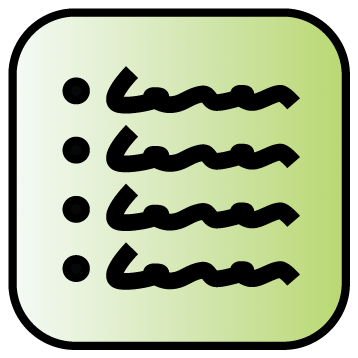Difference between revisions of "Promoters"
| Line 8: | Line 8: | ||
| align='center' width=80px |'''[[Help:Promoters|Promoter help]]''' | | align='center' width=80px |'''[[Help:Promoters|Promoter help]]''' | ||
|} | |} | ||
| − | |||
{{:Promoters/Overview}} | {{:Promoters/Overview}} | ||
| − | |||
| − | |||
===An input/output description of promoter function=== | ===An input/output description of promoter function=== | ||
| − | Sometimes, | + | Sometimes, we ignore the details of how a promoter works and think of a promoter as a device that converts inputs into outputs. You can do this when designing a multi-component system that includes promoters whose activity must be regulated by other species in the system. A promoter can be thought of as a device that outputs a certain number of transcribing RNA polymerases per unit time. Promoters can have different numbers of inputs. A constitutive promoter has no inputs. Technically, even a constitutive promoter has inputs, such as the level of free RNA polymerase, but we often assume that levels of free RNA polymerase are either unchanging, or never be the limiting factor in transcription initiation. The level of a repressor that negatively regulates a promoter is an input to a promoter. |
| − | + | ||
==References== | ==References== | ||
Revision as of 03:21, 17 May 2009
| Promoter catalog | Promoter design | Promoter help |
A promoter is a DNA sequence that can recruit transcriptional machinery and lead to transcription of the downstream DNA sequence. The specific sequence of the promoter determines the strength of the promoter (a strong promoter leads to a high rate of transcription initiation).
In addition to sequences that "promote" transcription, a promoter may include additional sequences known as operators that control the strength of the promoter. For example, a promoter may include a binding site for a protein that attracts or obstructs the RNAP binding to the promoter. The presence or absence of the protein will affect the strength of the promoter. Such a promoter is known as a regulated promoter.
An input/output description of promoter function
Sometimes, we ignore the details of how a promoter works and think of a promoter as a device that converts inputs into outputs. You can do this when designing a multi-component system that includes promoters whose activity must be regulated by other species in the system. A promoter can be thought of as a device that outputs a certain number of transcribing RNA polymerases per unit time. Promoters can have different numbers of inputs. A constitutive promoter has no inputs. Technically, even a constitutive promoter has inputs, such as the level of free RNA polymerase, but we often assume that levels of free RNA polymerase are either unchanging, or never be the limiting factor in transcription initiation. The level of a repressor that negatively regulates a promoter is an input to a promoter.
References
<biblio>
- pribnow pmid=1093168
- harley pmid=3550697
- lisser1 pmid=8479900
- lisser2 pmid=8055959
</biblio>


